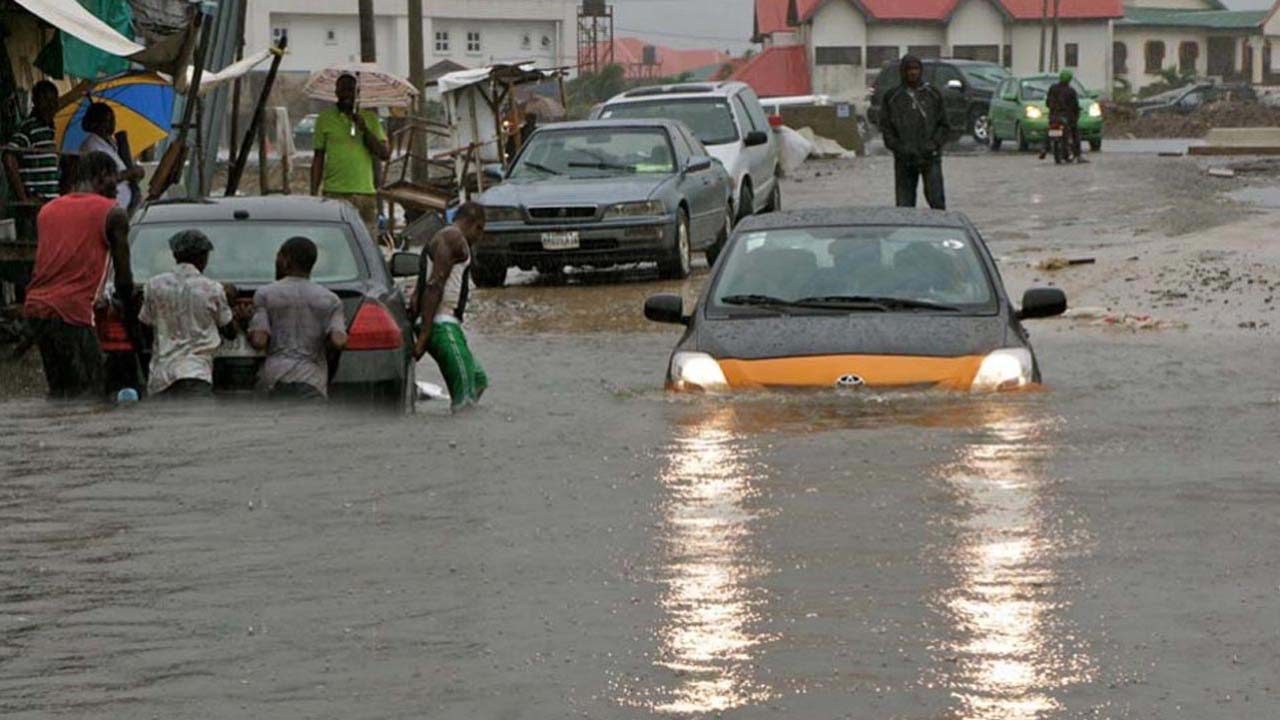5 ways to protect your home and mitigate damage during flooding
Dec. 28, 2021
Rising sea levels coupled with heavier and more frequent downpours as a result of climate change means many homes or communities are and will be vulnerable to flooding.
This usually has far-reaching effects because when flooding overwhelms a home or community, it disrupts lives and introduces a series of potential consequences. These consequences include loss of life, property damage, and disease due to water system contamination.
While floods do not discriminate, low-income communities tend to suffer the greatest impacts. This is because they are least likely to have access to transportation during an evacuation, flood insurance, cash to spare during such emergencies, and inability to relocate.
It then becomes crucial for these communities to protect their homes and mitigate the damage. How? with these 5 solutions:
Landscape change
Outdoor surfaces that are porous will help water seep into the ground instead of streaming toward your home.
You can dig channels to direct rainwater runoff away from your home or convert your concrete or asphalt driveway to either brick or gravel.
Another way to reduce flooding with the added advantage of reducing waterway pollution is by placing a drum or barrel beneath a gutter downpipe.
Sewage water backstop
If your home deals with persistent and costly flooding, you can install backflow prevention valves and other devices that keep floodwater from backing up into the drains of your home.
If your basement floor drain backs up after heavy rains, consider installing one of these devices with help from a licensed plumber.
Elevate equipment
Relocate
Moving can be a hard decision but sometimes, it is the best option, especially for people in coastal communities facing sea-level rise.
It will help you avoid repair costs and the trauma of repeated flooding and rebuilding.
Demand change
There’s nothing that dialogue can’t solve, to an extent. You can contact your community’s emergency management office or a local environmental group to support more sustainable development.
This includes the development of smarter rainwater infrastructure and landscapes with natural and water-permeable surfaces.
Collective effort is very important and indispensable to making communities more resilient.
Courtesy: Climateaction.africa








